The most important dates in US history
The dates that shaped a nation
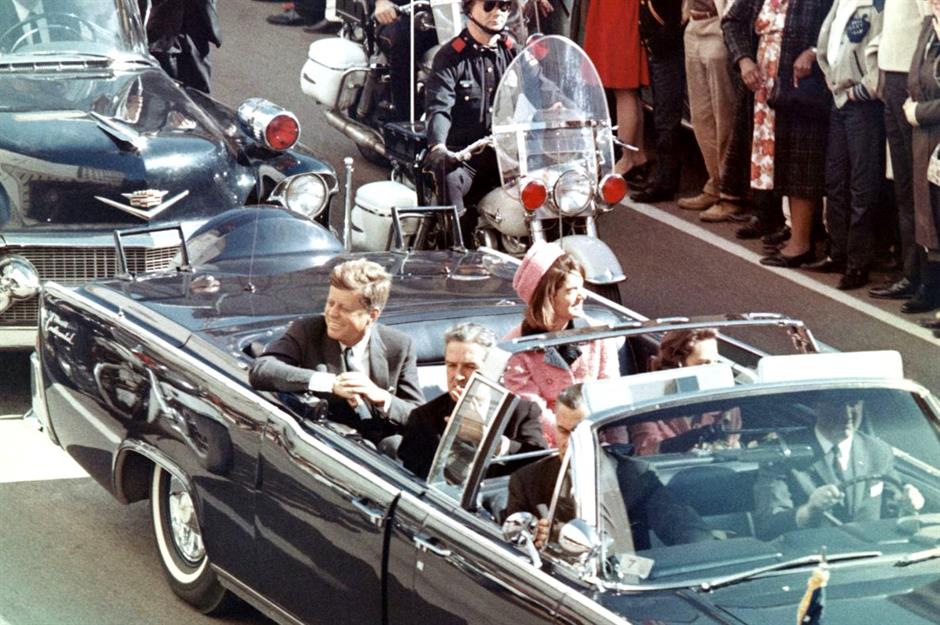
Over the last quarter of a millennium, the USA has transformed from an infant nation created by the Founding Fathers into a superpower whose influence straddles the globe. From the War of Independence and Civil War to the Great Depression and the Space Race, American history is marked by events that moulded not only the country itself, but the wider world as well.
Click through this gallery to discover the significant dates that shaped the US...
4 July 1776: Declaration of Independence
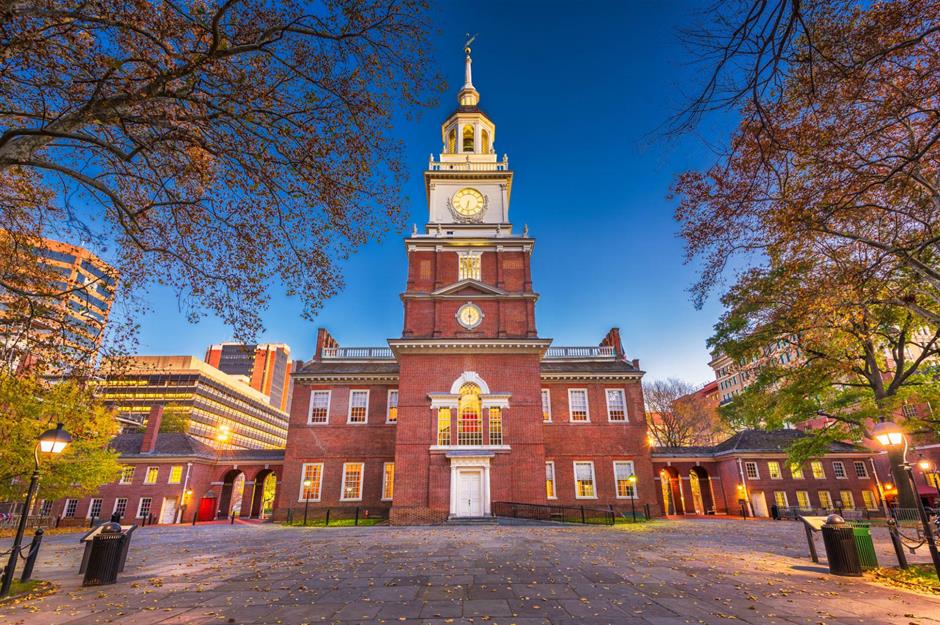
For over 100 years, the communities along the Eastern Seaboard of North America had been ruled from London as British colonies. That changed after tensions between the New World and Old World exploded into war. The Declaration of Independence, written largely by Thomas Jefferson, was the first formal statement of self-government by a nation.
It was adopted by the Continental Congress at Independence Hall in Philadelphia, Pennsylvania (pictured here) on 4 July. Now, that date is remembered in the US as Independence Day – the date the fledgling American nation was born.
Love this? Follow us on Facebook for more history and travel stories
19 October 1781: Surrender at Yorktown
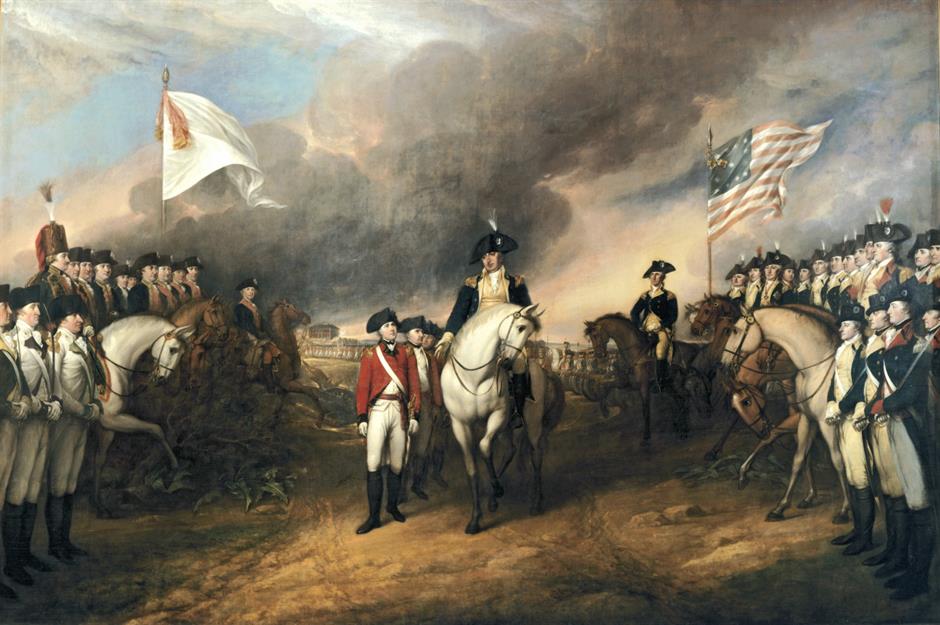
The War of Independence ended when British officers at Yorktown surrendered. Following a three-week siege, the British government finally admitted that their superior wealth and resources meant little when they were fighting so far from home.
The key moment of the surrender, featuring American commander Benjamin Lincoln, was captured in this oil painting by John Trumbull, which now hangs in the Capitol.
23 December 1783: George Washington Resigns
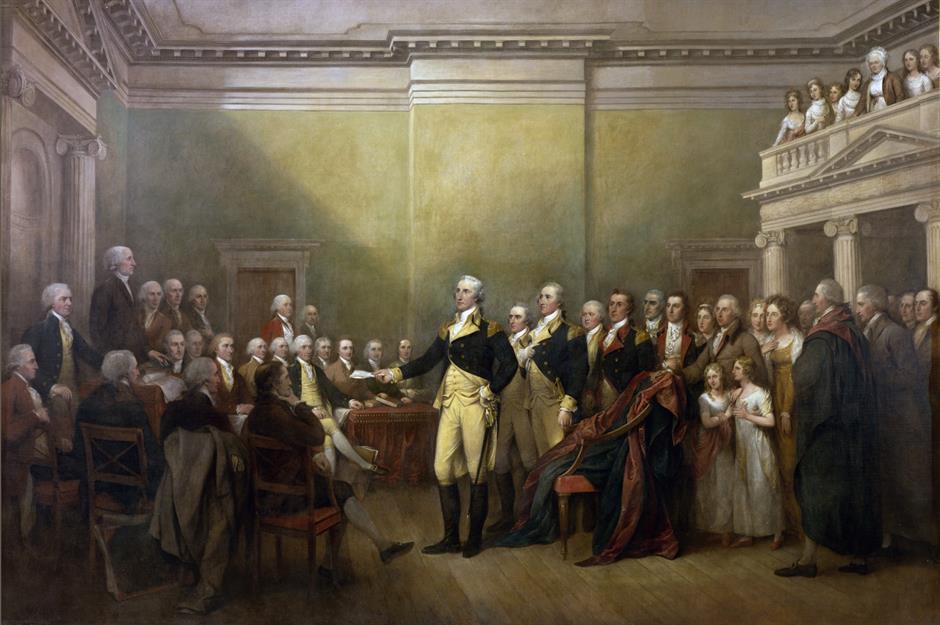
After the British were defeated, the hard work began. The new American nation needed to work out how it would be governed. A significant number of people wanted General George Washington to assume the throne as King of America, but Washington refused.
He voluntarily resigned his military commission, setting America on the path to being a constitutional republic. Washington declared his intention to return to his Virginia plantation, but he never got his wish. Instead, he was elected the first President of the United States
4 July 1803: Louisiana Purchase
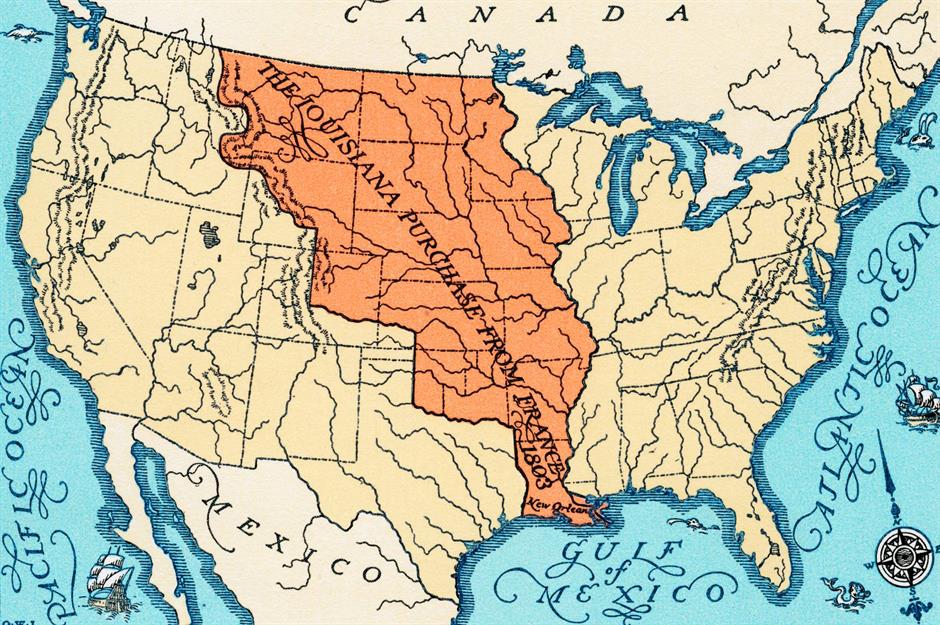
For its first few years, the USA was confined to a strip of land along the eastern coast. In 1803, President Thomas Jefferson agreed a real estate deal like no other – he purchased 828,000 square miles (2.1 million sq km) of land nominally held by France, although most of it was unsettled.
In one stroke, the United States almost doubled in area, although westward expansion would lead to conflict with the native tribes that inhabited the newly purchased territory.
24 August 1814: Burning of Washington
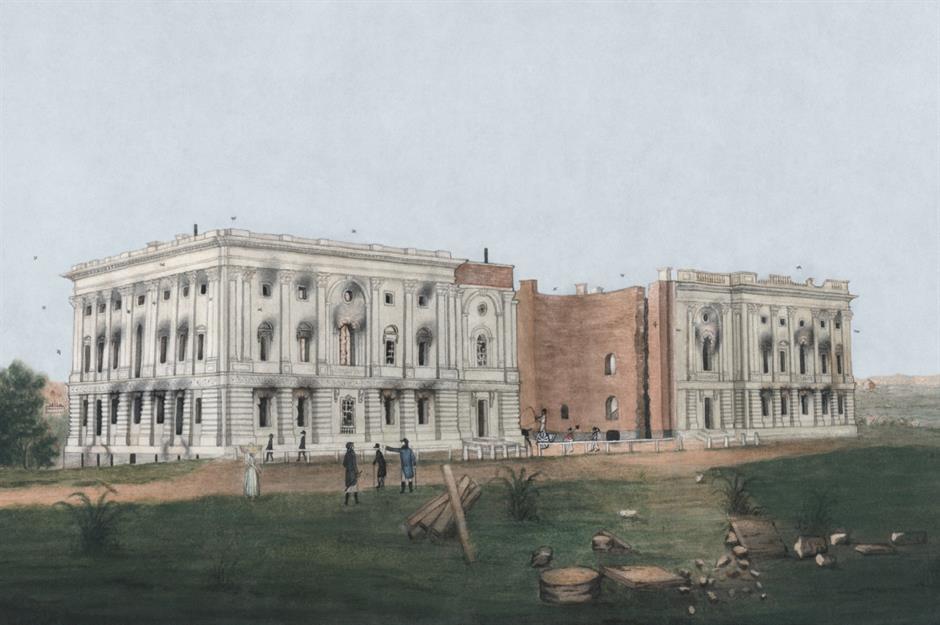
Britain and the USA hadn’t finished battling when the War of Independence ended, and the two countries slipped back into conflict in 1812. In the summer of 1814, a British force launched an amphibious attack on Washington, DC, a city that had already become the centre of American government.
British soldiers looted the capital and set fire to public buildings, including the Presidential Mansion, pictured here in the aftermath. Contrary to popular myth though, the building that would become the White House wasn't painted over with white to hide soot marks from the fire. This colour was actually first added in 1798 to help protect the sandstone exterior during winter.
5 December 1848: California Gold Rush
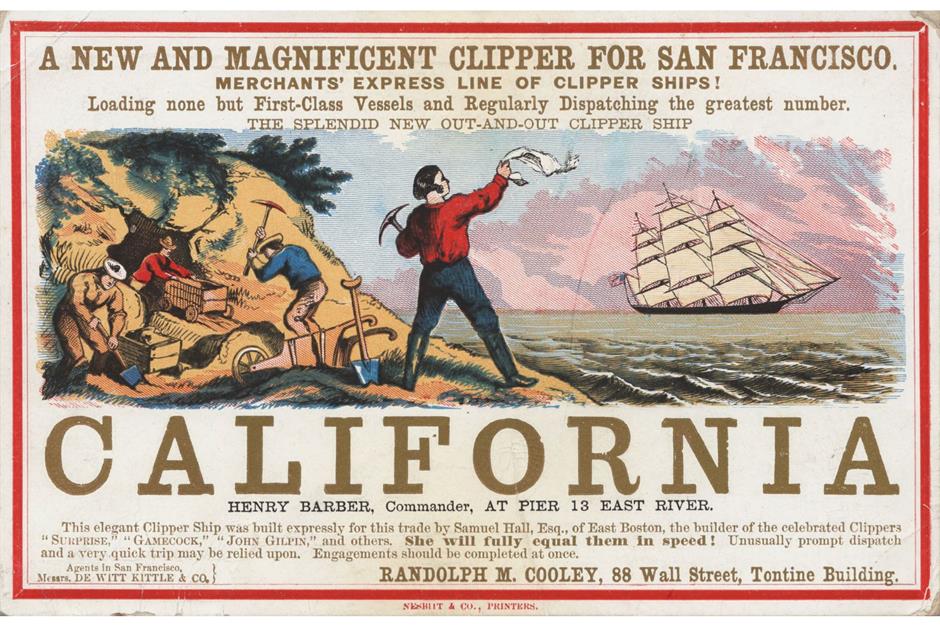
President James Polk’s State of the Union address at the end of 1848 contained a stunning revelation: gold had been discovered in California. Polk’s public declaration triggered one of the largest mass migrations in American history.
Over the next six years, more than 300,000 people made the long journey to the west coast in the hope of making a fortune. Some took the long and arduous overland route. Others took ships like this one; all helped change the face of California forever.
12 April 1861: Shelling of Fort Sumter
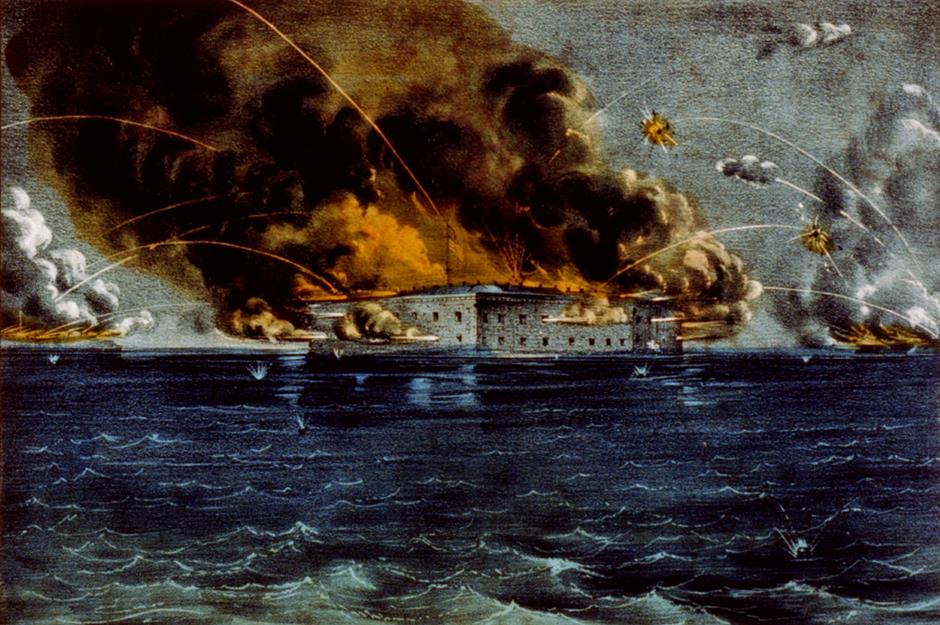
By the middle of the 19th century, the states of America were anything but united. The North and South were profoundly different societies, and disagreements over their relationship – especially over the issue of slavery – ended up in Civil War.
The first shots were fired at Fort Sumter, where rebellious South Carolinians attacked and captured a coastal fort held by the US Army. Although neither side suffered any casualties, the Civil War’s first battlefield is now preserved as a National Historic Park.
19 November 1863: Gettysburg Address
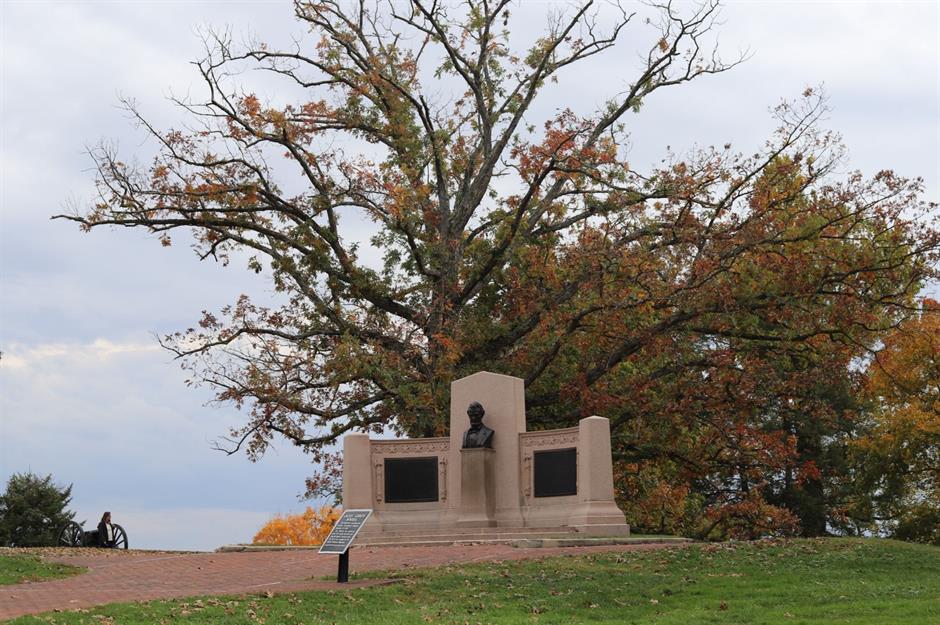
Partway through the Civil War, President Abraham Lincoln delivered a two-minute speech to dedicate a cemetery in Gettysburg, Pennsylvania. Five months earlier, a crucial battle there had turned the tide of the conflict. Lincoln’s words invoked the idea that the USA was a nation in which “all men are created equal” and declared that the sacrifice of the dead would not be in vain.
The Union would go on to win the war, and the Lincoln Address Memorial (pictured here) now stands where the president made his famous speech.
14 April 1865: Assassination of Abraham Lincoln
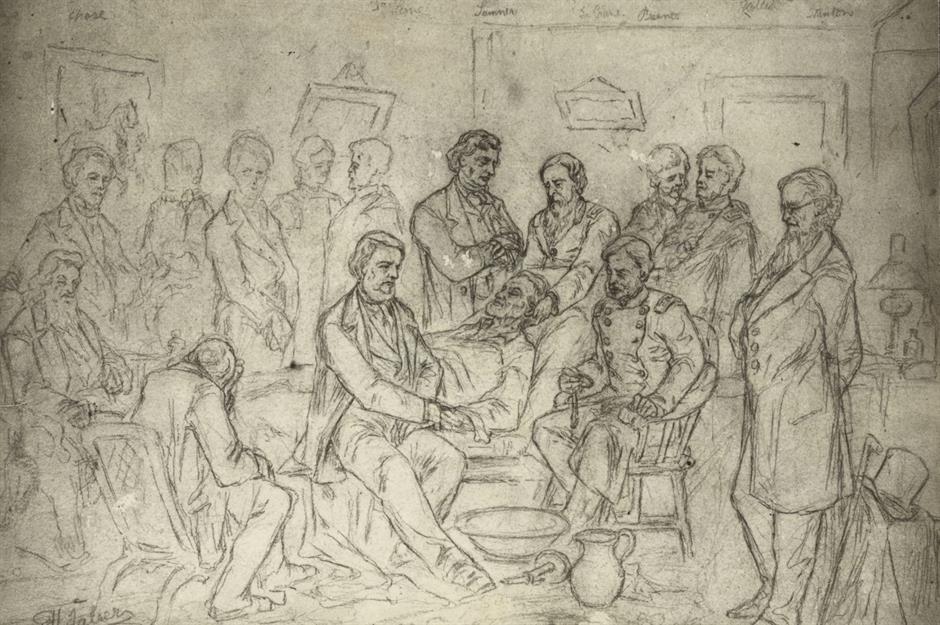
Not every Southerner was prepared to reconcile with the North after the Confederacy was defeated in the Civil War. Infamously, actor John Wilkes Booth took revenge by shooting President Abraham Lincoln at point-blank range at a Washington DC theatre.
This sketch, drawn at the scene by eyewitness Hermann Faber, shows Lincoln during the few hours he clung to life after the attack. Lincoln died the next morning. His early demise transformed him into a martyr who symbolised the USA’s fight for equality.
10 May 1869: The First Transcontinental Railroad
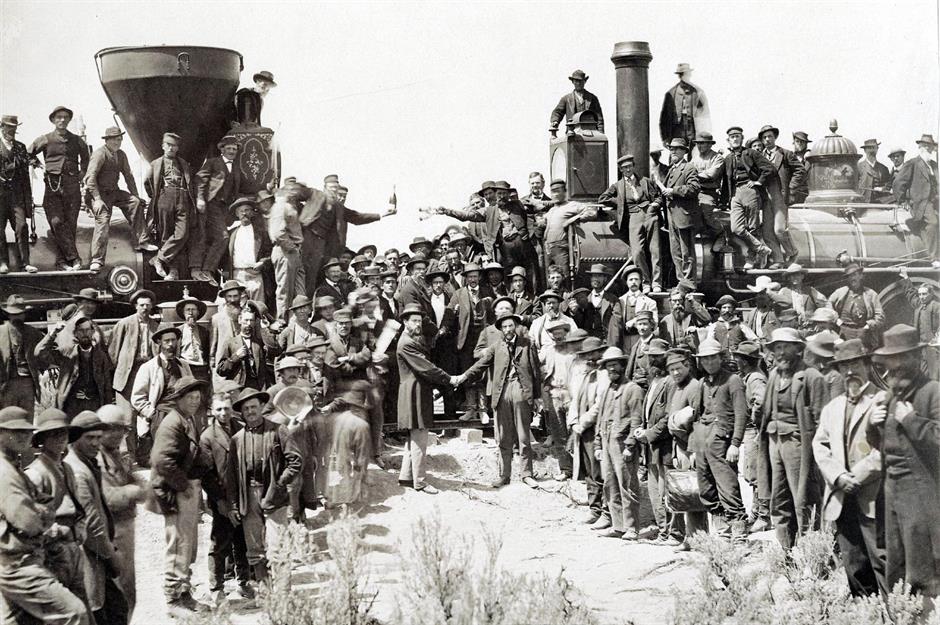
After the Civil War was over, work began on the first transcontinental railroad. Stretching from Council Bluffs, Iowa to San Francisco Bay, California, the 1,912-mile (3,077km) line was built by speedy track-laying crews who moved forward up to 10 miles (16km) a day.
A ceremonial golden spike was driven into the track to mark the moment when work crews met in the middle. Cross-country railroads meant that it was now possible to cross America in days rather than months, and millions of settlers flocked west in search of a fortune over the next few decades.
8 October 1871: Great Chicago Fire
.jpg)
The Great Chicago Fire began in a barn in the densely packed city and spread quickly. By the time the flames were extinguished, more than 17,000 buildings had burned down, 100,000 people were homeless and around 300 had lost their lives.
Even before the ashes were cold, the city began a rebuilding effort that included more prescriptive building regulations and fireproof materials. The transformation of downtown Chicago became a model for how American cities grew at the end of the 19th century.
25 June 1876: Battle of the Little Bighorn
.jpg)
Over the previous few years, American settlers had been encroaching on land owned by Lakota Sioux, Northern Cheyenne and Arapaho natives in what’s now Montana. The Great Sioux War broke out in 1876 and ended with the native tribes forced off their lands, but the US Army suffered an overwhelming defeat when Lt. Col. George Custer’s force attacked a Sioux camp.
Custer and his men were lionised in the decades after the battle, and the catastrophic defeat increased American efforts to subdue the tribes.
1 January 1892: Ellis Island Opens
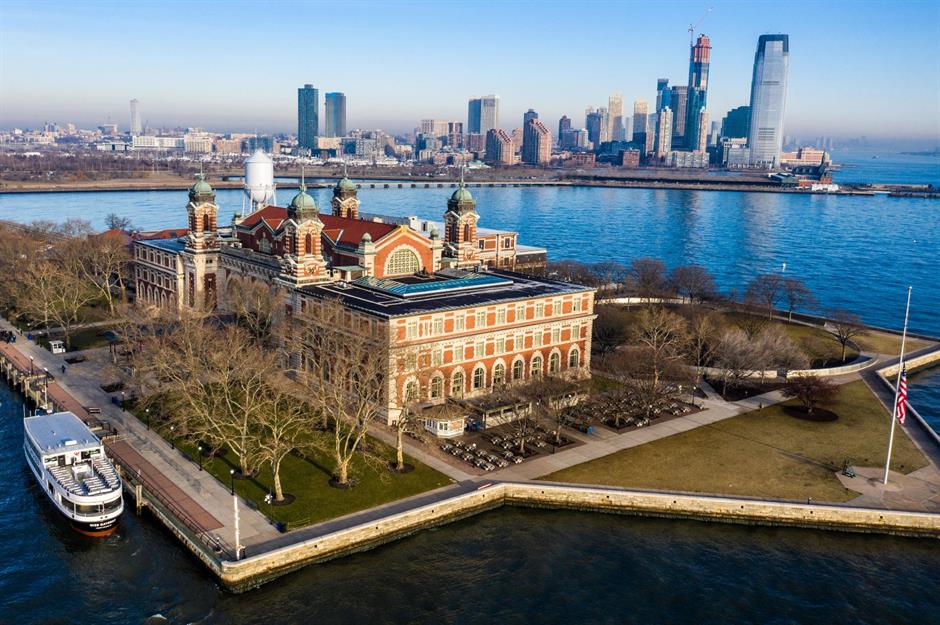
When a new immigration centre opened in New York harbour, officials ushered 17-year-old Annie Moore to the front of the queue. They deemed her suitably photogenic to be the first person in the USA through the new gateway – and she was the first of many.
Over the next 62 years, 12 million more newcomers followed in Annie’s footsteps. Today, 100 million Americans can trace their ancestry to migrants who were processed on Ellis Island. The immigration centre closed in 1954 and is now a museum.
18 April 1906: San Francisco Earthquake
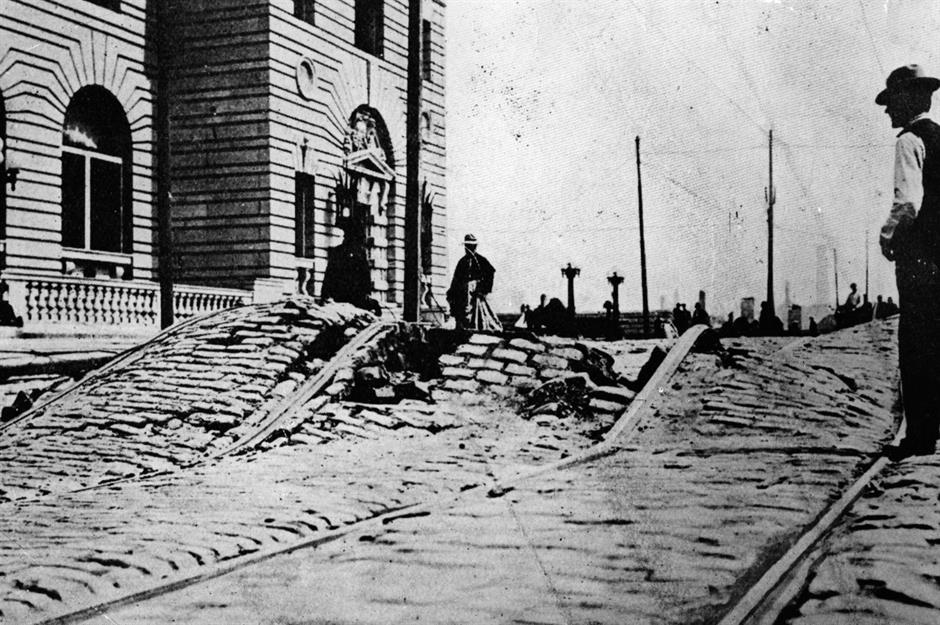
In the spring of 1906, San Franciscans were rudely awoken by an earthquake estimated at 7.9 on the Richter scale, one of the largest quakes ever to hit the continental USA. However, most of the destruction was not caused by the ground shaking, but the fires that broke out in the aftermath.
The four-day blaze cut through the city and left 80% of buildings uninhabitable, but a rapid rebuild ensured that San Francisco remained one of the nation’s most prominent cities.
7 May 1915: Sinking of the Lusitania
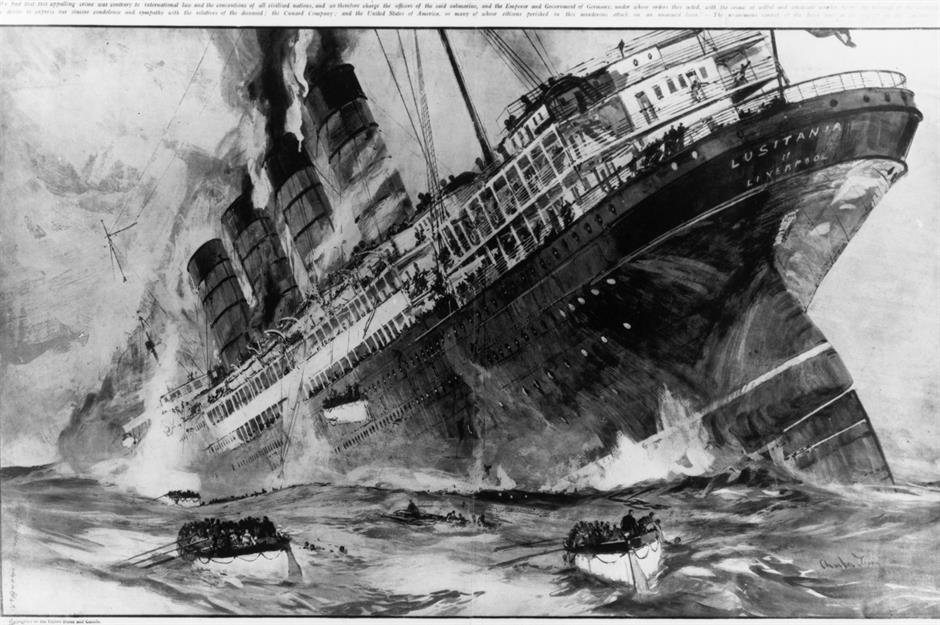
When World War I broke out in 1914, public opinion in the USA was firmly on the side of remaining neutral. That began to change when the passenger liner Lusitania was sunk in the Atlantic by a German U-boat. More than 1,000 people died, 120 of whom were American.
Although the German Navy claimed the Lusitania was a legitimate target because it carried war supplies, it wasn’t enough to stem growing anti-German sentiment. Less than two years later, the USA would join the fight against Germany.
17 January 1920: Prohibition Begins
_(cropped).jpg)
In 1920, the USA embarked on what President Herbert Hoover called “a great experiment” – a nationwide ban on making, transporting and selling alcohol. The idea was to reduce crime and poverty while improving social cohesion, but Prohibition actually had the opposite effect.
Organised criminals made a fortune smuggling booze across the country and gangland killings became commonplace. The government eventually gave up the fight and re-legalised the alcohol trade in 1933.
4 October 1927: Sculpting Begins on Mount Rushmore
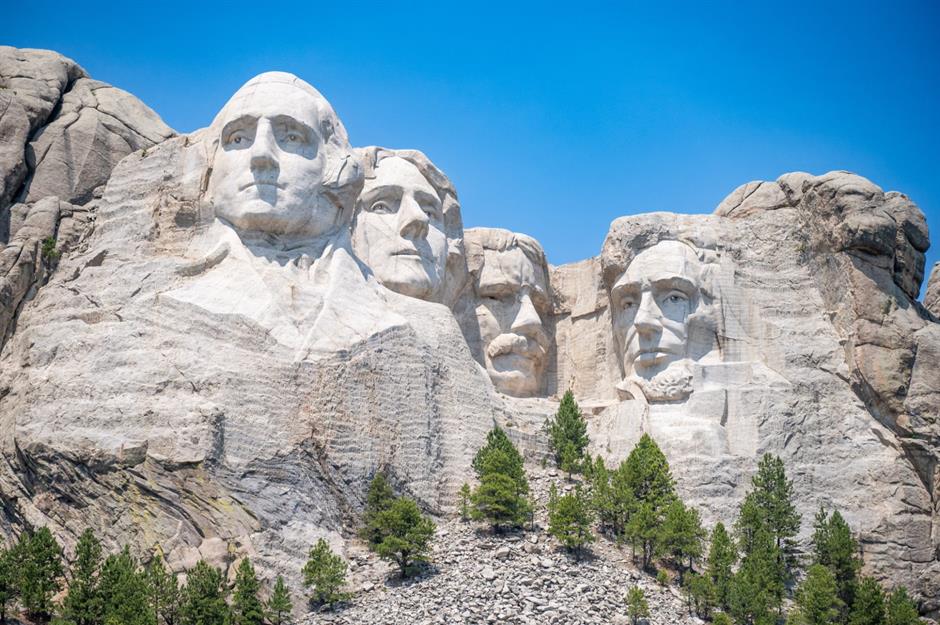
Sculptor Gutzon Borglum had a dream of building an artwork on a colossal scale, and he finally got his chance when South Dakota officials allowed him to begin carving the likeness of four US Presidents on Mount Rushmore in 1927. Over the course of 14 years, Borglum and his successors blasted 400,000 tonnes of rock, although they never got beyond the presidents’ heads and shoulders.
Now, Mount Rushmore is an instantly recognisable landmark and tourist attraction, although its location on land considered sacred by the Lakota Sioux means that it’s attracted its fair share of controversy.
24 October 1929: Black Thursday
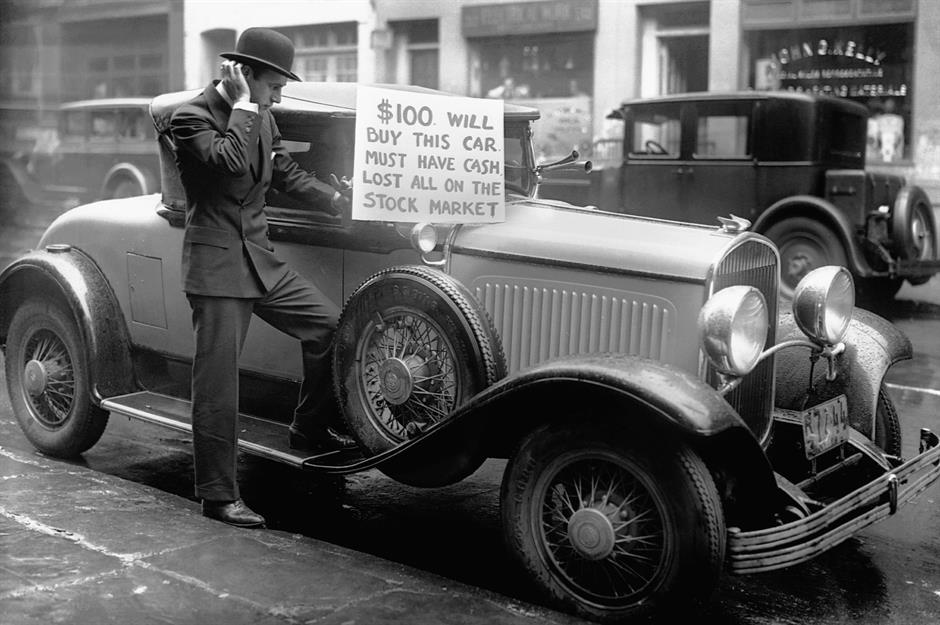
The 1920s were so prosperous that Americans called them the Roaring Twenties, but the good times came to a sudden end when share prices began to dip, investors panicked and the stock market crashed. It wasn’t just financial traders, like the man pictured here, who felt the pain. Ordinary Americans with little understanding of the markets had been caught up in the stock-buying craze too, and many lost their life savings.
The economic calamity sparked the Great Depression, the longest and most severe recession of the 20th century.
1 May 1931: Empire State Building Opens
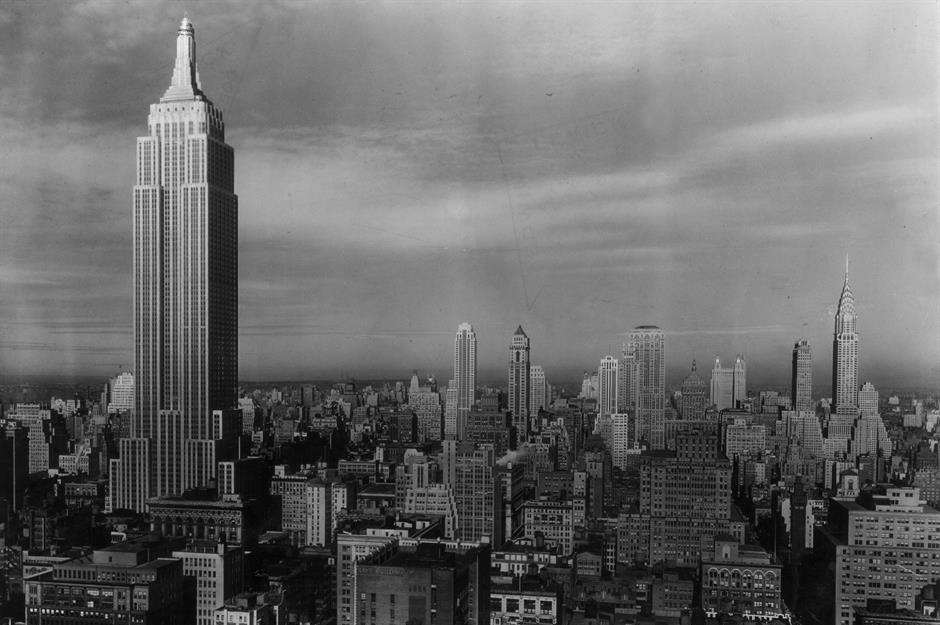
By the 1920s, New York was so densely packed that there was only one way to build: upwards. The skyscraper boom reached its highest point in early 1931, when the Empire State Building peaked out at 1,250 feet (381m).
The Empire State’s 102 floors took one year to build and covered over 21.5 million square feet (2 million sq m) of office space – more than the next two biggest skyscrapers combined. However, thanks to the Great Depression, it took years for the space to be rented out.
7 December 1941: Attack on Pearl Harbor
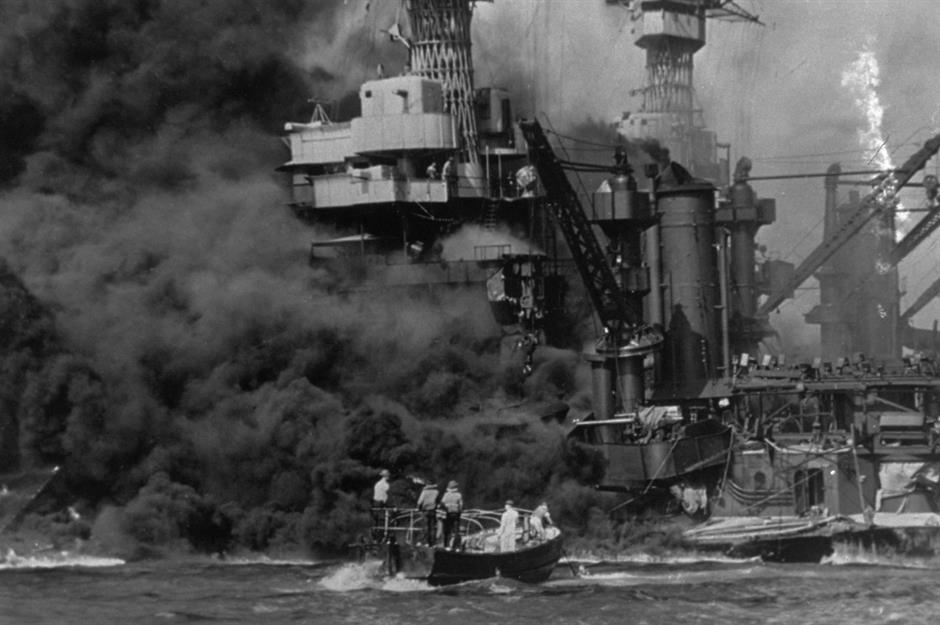
The USA managed to maintain a neutral stance in the first two years of World War II, although the nation’s sympathies largely lay with the Allies. However, a surprise Japanese attack on the US Navy base at Pearl Harbor, Hawaii spurred President Franklin D. Roosevelt to declare war 24 hours later.
The Japanese intended to deliver a pre-emptive strike that would dent America’s ability to wage war in the Pacific, but all they ended up doing was to unleash the USA’s vast resources.
16 July 1945: Trinity Nuclear Test
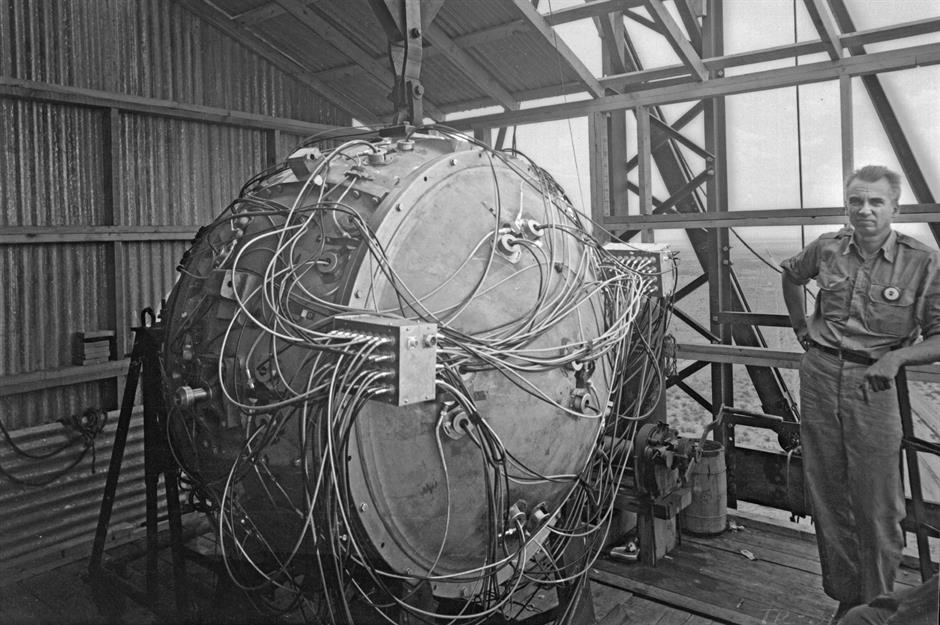
World War II was a conflict like no other, and the US government decided it needed a weapon like no other to end it. As early as 1941, scientists began working on a secret project to unleash the power of the atom. In the summer of 1945, they conducted a test detonation of the bomb pictured here – the first nuclear weapon – at the Trinity Testing Ground in New Mexico.
The test went off as planned. Less than a month later, two atomic bombs were dropped over Japan to bring the war to a close.
1 December 1955: Rosa Parks’ Protest
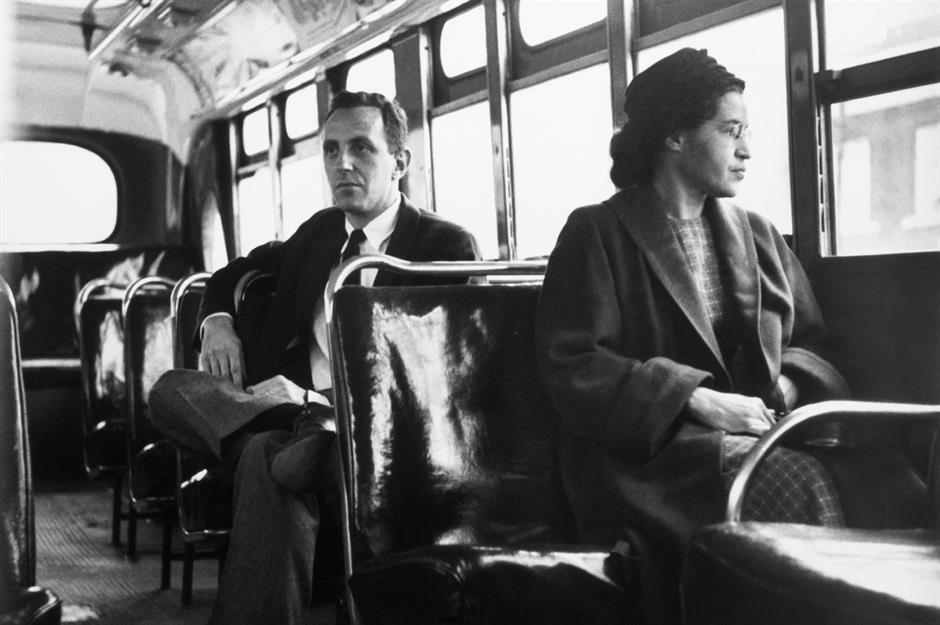
When Rosa Parks was arrested on a bus in Montgomery, Alabama, it kicked the African American civil rights movement up a gear. Parks’ offence was refusing to give up her seat to a white man. At a time when public transport was segregated by race, this constituted a crime.
The arrest sparked protests and an 11-month boycott of Montgomery buses that only came to an end when the Supreme Court ruled segregation on public buses to be unconstitutional.
22 October 1962: Cuban Missile Crisis
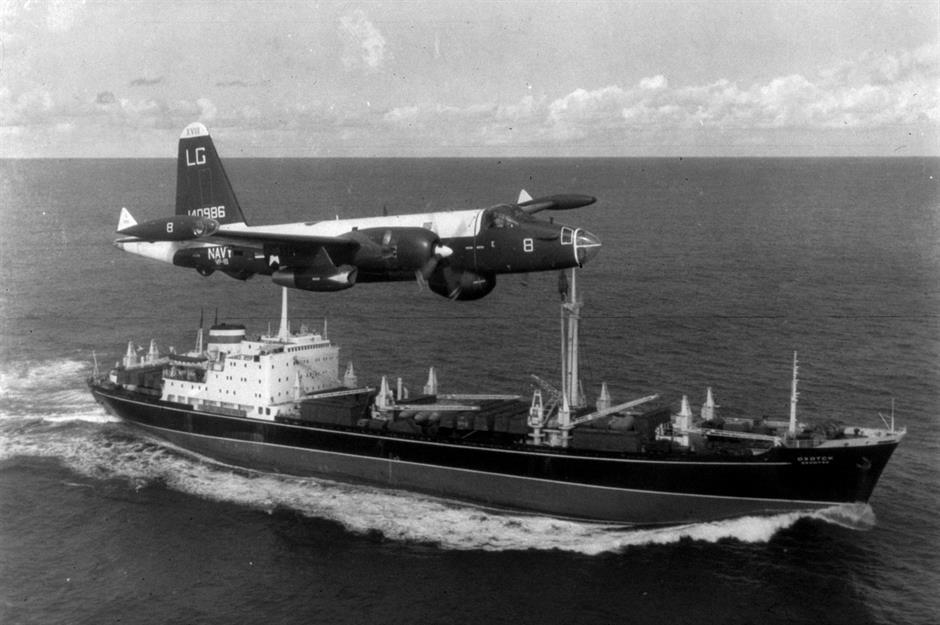
In mid-October, the CIA made a startling discovery. Photographs taken by reconnaissance planes flying over Cuba revealed missile launch sites – and more missiles were on the way from the USSR. President John F. Kennedy broke the news to stunned Americans on 22 October, and the world held its breath as American planes tracked Soviet ships like this one across the Atlantic.
After five tense days, the USA and USSR agreed a negotiated solution that saw the ships turn back. The crisis was resolved without the superpowers slipping into all-out nuclear war.
28 August 1963: MLK’s “I Have a Dream” Speech
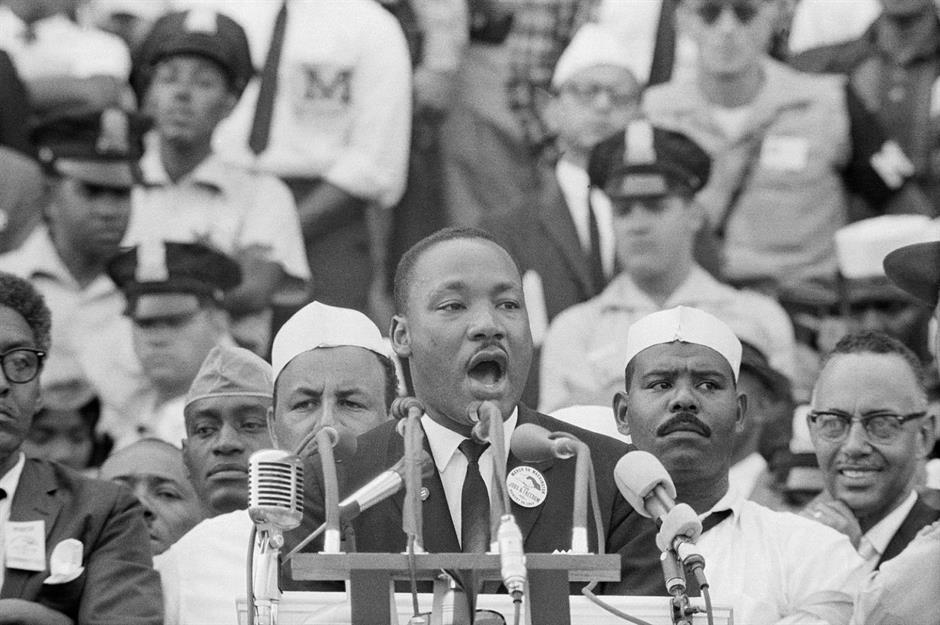
One hundred years after the Emancipation Proclamation ended slavery in the USA, civil rights leader Martin Luther King Jr used a speech during a rally in Washington DC to bemoan the lack of racial equality. Speaking to over 250,000 supporters from the steps of the Lincoln Memorial, King deviated from his planned speech and improvised a passage that would become one of the most famous in American history.
King was assassinated five years later. The third Monday of January is now a public holiday in his honour.
22 November 1963: Assassination of JFK
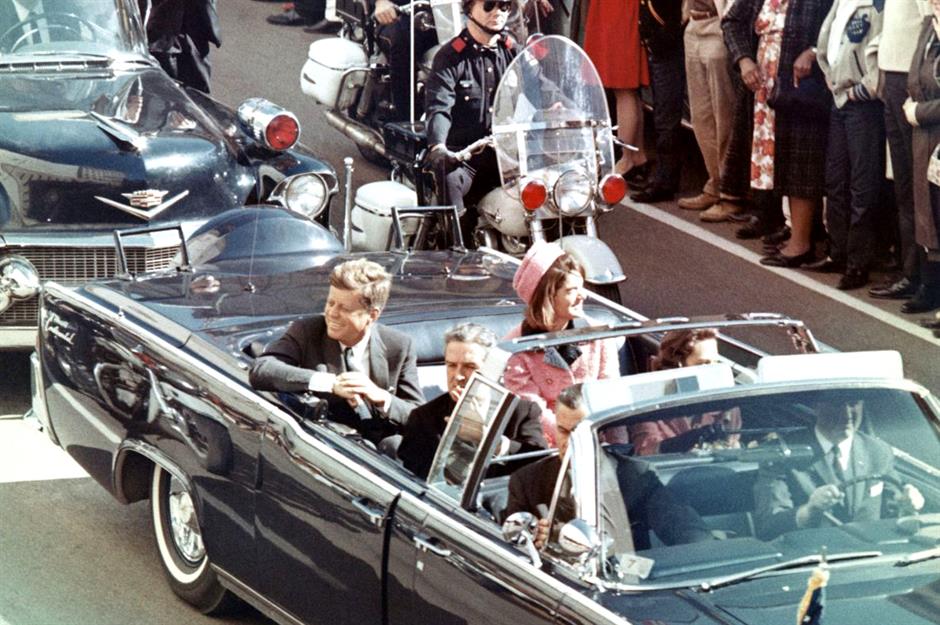
The death of President John F. Kennedy has inspired the most enduring conspiracy theories in American history. What’s certain is that Kennedy was shot as he travelled in an open-roofed motorcade in Dallas, Texas.
But nobody knows why Lee Harvey Oswald pulled the trigger – and many believe Oswald wasn’t the shooter at all. Whoever was responsible, Kennedy’s death and the elevation of Lyndon B. Johnson to the White House altered American policy on civil rights, the Vietnam War and relations with the USSR.
28 April 1967: Muhammad Ali’s Vietnam Protest
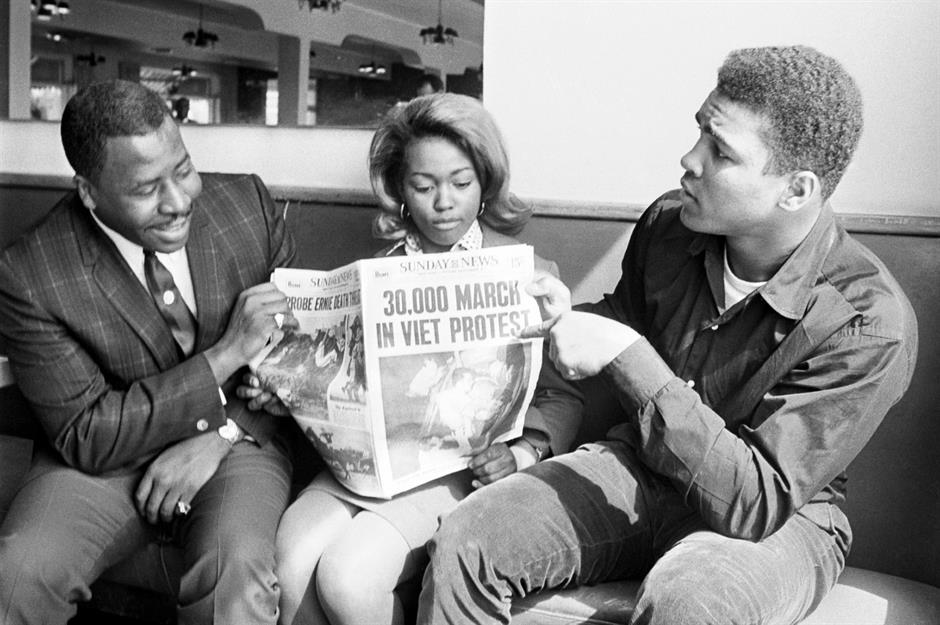
In spring 1967, World Heavyweight Champion boxer Muhammad Ali was summoned to Houston to be conscripted into the US Army. Ali travelled to Texas, but he didn’t step forward when his name was called. For refusing the draft, Ali was arrested and the boxing authorities stripped him of his titles.
His actions hit the headlines and shone a spotlight on the anti-Vietnam War protest movement. The Supreme Court would ultimately reverse Ali’s conviction, but not before he served a three-year ban from boxing.
20 July 1969: Moon Landing
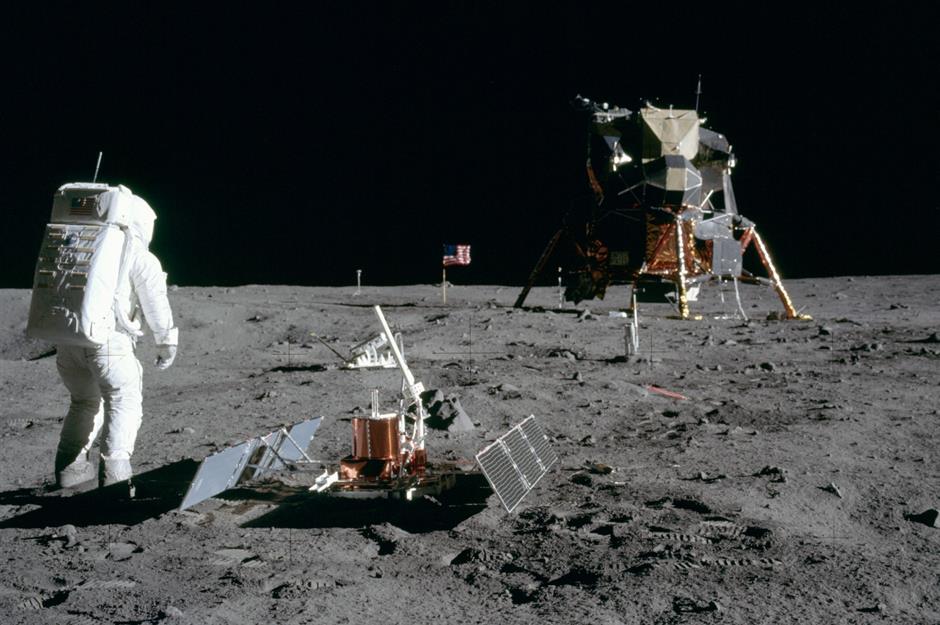
Neil Armstrong’s “one small step” on the lunar surface was the culmination of a nine-year research project and $25 billion of expenditure. Armstrong and fellow astronaut Buzz Aldrin spent around 21 hours exploring the area around Tranquility Base. The benefits to science were huge, but just as important was the propaganda boost it gave America in the midst of the Cold War.
After years of the USSR being the first to hit milestones in space exploration, the USA could finally boast that they were ahead in the space race.
9 August 1974: Nixon Resigns
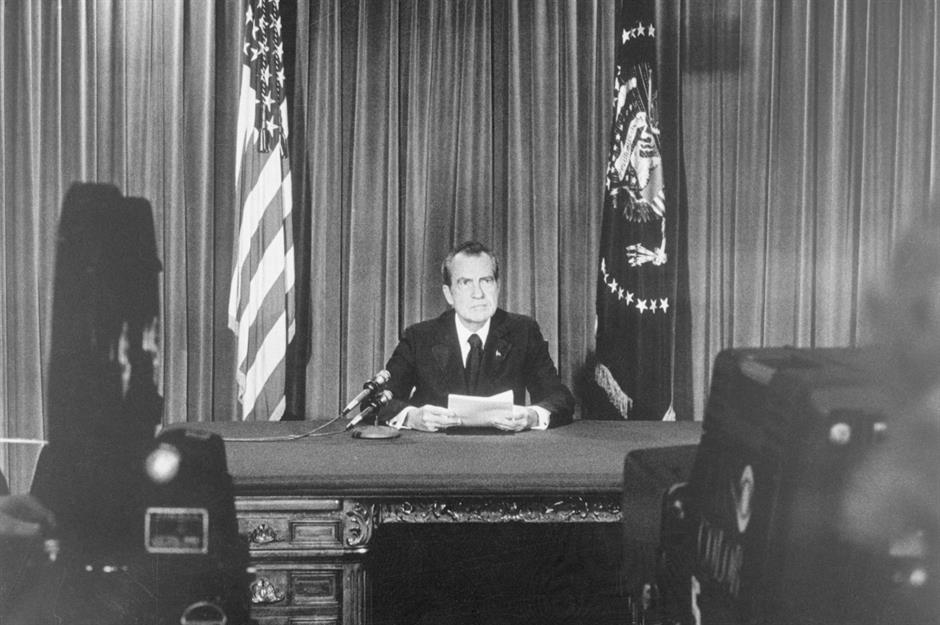
By the time Richard Nixon faced the cameras in the Oval Office to tell Americans he was stepping down as president, the news came as a surprise to no one. Nixon had been under fire for two years after it emerged that he was involved in covering up a burglary at the Democratic National Committee offices at the Watergate complex.
Nixon was pardoned by his successor in the White House, but he never rid himself of the stain on his reputation.
28 January 1986: Challenger Disaster
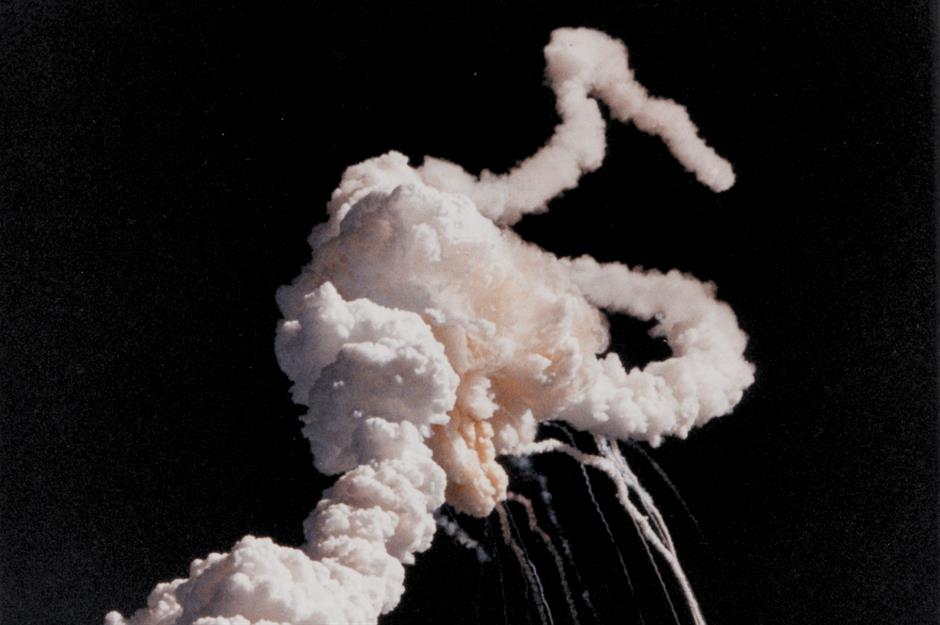
The 25th Space Shuttle mission ended in disaster 73 seconds after blast off when Challenger exploded. Heartbreakingly, the Shuttle was still visible to friends and family watching at the Kennedy Space Centre. What made the disaster even more shocking was the extra scrutiny on the mission thanks to schoolteacher Christa McAuliffe being selected to join the crew.
The first deaths of American astronauts in spaceflight led to the Space Shuttle fleet being grounded for almost three years, and criticism of NASA in the aftermath contributed to American priorities turning away from space exploration.
11 September 2001: 9/11
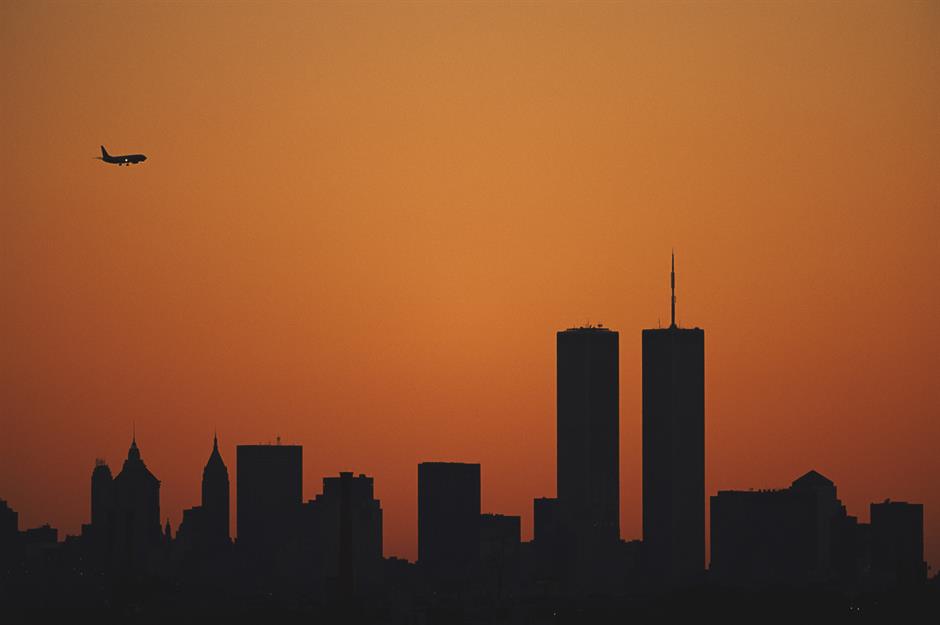
Ten years after the end of the Cold War, Americans became aware of a realignment in the geopolitical world. Islamic extremist group al-Qaeda hijacked four aircraft and carried out suicide attacks against the Pentagon in Arlington, Virginia and the World Trade Center in New York City.
Almost 3,000 people were killed, the Twin Towers of the World Trade Center collapsed and the whole horrifying event was screened live on TV. President George W. Bush launched Operation Enduring Freedom in response, aiming to oust al-Qaeda and its allies from Afghanistan and Pakistan. In 2014, the tallest building in the western hemisphere opened next to where the towers in New York once stood.
Comments
Be the first to comment
Do you want to comment on this article? You need to be signed in for this feature